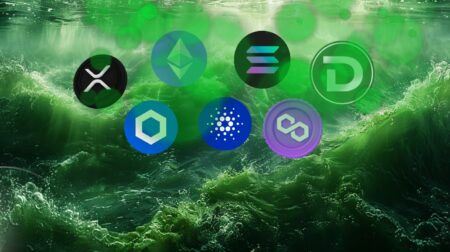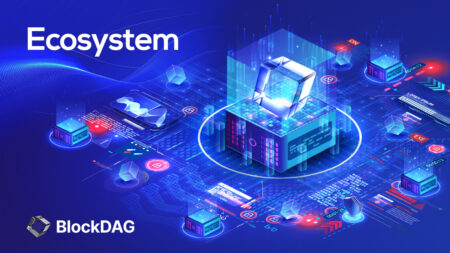The subscription economy is on the rise, and now the Web3 space is
adding its own unique spin.

The subscription economy has grown by over 430% over the last decade and is expected to be
worth $1.5 trillion by 2025. The rapid emergence of the subscription model in the past 12 years
— marked by platforms like Netflix and Amazon Prime — is emphasized by the fact that
subscription-based services have outpaced the growth of the S&P 500 by around 300%, and
show no signs of slowing down.
The subscription economy aims to deliver more value to consumers through usage-based and
flexible pricing models, integration with Internet-of-Things (IoT) and smart devices, and
sustainable and eco-friendly business practices which greatly reduce physical waste.
Now we’re seeing attempts made by projects in the Web3 space to apply the benefits of
blockchain and non-fungible token (NFT) technology to the subscription economy – a unique
symbiosis which looks to supercharge the subscription model by enabling individuals to become media brands who can foster direct, interactive and gamified community engagement with their subscribers.
Web3 Meets the Subscription Economy
One such example can be seen in Galaxis, a decentralized community creation platform that
allows creators, brands, athletes and more, to manage their communities of subscribers through
the innovative use of NFT technology. Through Galaxis, projects can issue Digital Membership
Cards to their subscribers which are based on NFT technology, enabling ongoing access and
interactive experiences which help foster sustainable, secure engagement.
Amid an internet landscape characterized by political censorship and de-platforming by
mainstream service providers, the benefits of creating grass-roots communities from the ground
up have never been so apparent. Because Web3 projects like Galaxis are wholly decentralized,
even their founding teams can’t meddle in the affairs of their users. Instead, projects have the
chance to rise or fall based solely on the utility they provide to their own subscriber base.
Galaxis has also integrated Chainlink CCIP to enable cross-chain interoperability for its Digital
Membership Cards, and allow token-gated communities to flourish across both the Ethereum
and Polygon blockchain networks. Powered by Chainlink’s decentralized oracles, which have
already helped secure over $8 trillion in on-chain transactions, CCIP is the go-to solution for
secure interoperability across multiple blockchains.
Shaking Up the Traditional Approach
This direct-to-subscriber approach upends the current subscriber outreach model which sees
hordes of emails sent out to users in the vague hope that they open them — something most
never do. Additionally, it drastically cuts down on the logistic costs and man-hours typically
required to connect with customers, while also retaining the bullet-proof security that’s native to
immutable NFT technology.
Unlike Amazon Prime or Netflix memberships, NFT-based memberships also give the end user
their own stake in the success of their favorite creators — first by contributing to their efforts with
the initial NFT purchase, and then by their ongoing interaction which, in some cases, can even
allow them a decision-making role in the future direction of their chosen project.
Similar to how platforms like Substack have made it easy for bloggers, writers and journalists to
manage the monetization and outreach of their work, Galaxis allows individuals to spin up a
bespoke, customized membership community within around two hours, radically shortening
time-to-market for budding projects.
Galaxis has already powered community launches for Charlotte Hornets guard, LaMelo Ball,
whose NFTs were programmed to increase in rarity and value in line with the player’s on-field
achievements over the course of the NBA season.
Galaxis also powered launches for Hollywood actor Val Kilmer, and music DJ Steve Aoki.
Galaxis’ NFT collection for boxing legend Mike Tyson saw members qualify for numerous
unlockable prizes, the main winner of which had the pleasure of stepping into the boxing ring
with Mike Tyson himself.
Future of the Tokenized Subscription Economy
It’s easy to see the addition of NFT tokenization to the subscription economy as an innovation
on top of an innovation — and one that’s coming along at just the right time.
As the world moves closer to the subscription-based model, the implementation of NFT
tokenization extends its utility even further — cutting costs and ensuring direct-to-customer
outreach that guarantees the people interested in a service are the very people who receive the
benefits of that project, and who then return their support to that project in kind.
All investment/financial opinions expressed by NFTevening.com are not recommendations.
This article is educational material.
As always, make your own research prior to making any kind of investment.








